By Catherine Conner and Katherine Miller
I remember distinctly one of the most intense encounters with a bully in my professional life. I was representing a mother who desperately hoped to settle to save their children from the father’s hostility and placing the children in the middle of their conflict. He was representing himself as he was quite certain that he knew the only feasible outcome and was outraged in a meeting when I pointed out that his proposal was much more favorable to him and much riskier for my client. He stood up and started pacing while speaking louder and more vociferously about why he was right and the terrible things that would happen to my client if she didn’t agree with him. I could feel my protective instinct building and my blood starting to boil. I stood up, walked up very close to him, and told him something along the lines of “sit down and stop being a jerk” but in more colorful language. He did sit down and toned down his bullying in the moment, but continued to try coercing my client outside of my meetings with her. Since that incident, I have spent a lot of time thinking and trying out more effective ways of dealing with bullies.
Check Your Own Reaction
The first step is to check on your own reaction to their behavior. Are you now caught up in a familiar pattern when faced with bullying behavior? Perhaps you react as I did by meeting them with a competitive and coercive attitude and actions. Or do you become contemptuous and try to crush them with your intellectual prowess? Or perhaps you move into a victim role and attempt to pacify them? Or just withdraw and refuse to engage? If you can recognize your favored fight-flight-freeze-fawn reaction immediately, you can make a choice to act differently rather than be controlled by it and remain stuck in a conflict trap.
- Empathize
- Acknowledge
- Imagine
It’s hard to imagine that working on managing our own reactions can have an impact on the bully.
Empathize
The next step is to take time to reflect on why the person is being a bully. When there are other ways to deal with conflict, why is this person choosing the bully path? What happened previously in his or her life or is happening now which has convinced him or her that this is the best approach? Is there something you can empathize with that will help you move out of your conflict trap?
It may be that you already know enough about the situation to make an educated guess about what is driving him or her. But it may be that you need to learn more by asking questions. The tricky part is to be able to ask them with genuine curiosity and interest rather than as an opportunity for more judgment. By putting yourself in his or her shoes and asking curious questions, you may learn enough to feel and express empathy for him or her and their situation. “I can see that as the person who has handled the finances for many years, you have given a lot of thought to how this situation might work out. And that there are a lot of pieces here that could affect the future financial health of the family and you are worried about that. And it is very frustrating when your wife isn’t agreeing with you as she has always done in the past.” Sometimes verbalizing and acknowledging that you see them in a positive way can make a difference.
Acknowledge
When faced with conflict, some people may feel guilt or blame and respond with aggression to deflect some of the guilt or blame to the other rather than feel the entire burden themselves. It may be that you or your client has contributed to the difficult situation, but that contribution has not been acknowledged so the other person doubles down in trying to share the blame or guilt. If you can acknowledge each person’s contribution which has led all of you to the current conflict as a joint problem, you can then search for the intent and motivation to each contribute to finding a path together out of the conflict.
Dealing with a bully can be challenging. Sometimes despite our best efforts and attention, the pattern is too entrenched and other measures such as obtaining court orders are necessary. However, there are times when taking the time to pay attention to the conflict trap, empathizing and acknowledging each person’s contribution will shift the dynamic.
